Book Size: 5.5" x 8.25"
Pages: 224
Format: Paperback
ISBN: 9781623717292
Imprint: Interlink Books
Edition: 1
Illustrations: full-color photos
Release date: Fall 2023
Awards: WINNER ENGLISH PEN AWARD
Category: Travel/Travel LiteratureThe Four Roads to Heaven
France and the Santiago Pilgrimage
$ 20“Part medieval history and part modern-day travel guide, Mullins’ in-depth volume, including color photographs, brings St. James’ story to life.” — Booklist
Not yet published
About this book
"There are four roads leading to Santiago, which combine to form a single road."
So begins The Pilgrim's Guide, the world's first guidebook. Written early in the twelfth century by Benedictine monks, it served travelers taking part in the great pilgrimage of the Middle Ages, to the tomb of the apostle St. James, the cousin of Christ, at Santiago de Compostela in northwest Spain. The four roads are all in France: from Paris in the north; from Vezelay in Burgundy; from Le Puy-en-Velay in the Massif Central; and from Arles in Provence- all threading their way across the country before joining as a single road in northern Spain. A step-by-step account of these four journeys through medieval France, the Guide's aim was to explain to pilgrims the religious sites they would see on their way to Santiago, but it also offered advice on where to stay, what to eat and drink, and how to avoid dishonest innkeepers and murderous boatmen.
Edwin Mullins follows the same four roads as they exist today in the footsteps of those medieval travelers. He explores the magnificent churches, abbeys, and works of art which are the proud legacy of the pilgrimage, as well as reconstructing a turbulent period of history that encompassed wars, crusades, and the re-conquest of Spain. Many of the buildings and landmarks that sprang up along the pilgrim routes still stand there today, and The Four Roads to Heaven brings to life their historical, architectural, and spiritual significance.
From imposing Romanesque and Gothic cathedrals to humble pilgrims' hospices, this book looks at the living legacy of one of the great social phenomena of the Middle Ages- the pilgrimage to Santiago. Richly illustrated with Adam Woolfitt's color photographs, The Four Roads to Heaven offers an invaluable guide- nine hundred years after its predecessor- to the paths still trodden by increasing numbers of pilgrims.
About the author
Edwin Mullins is a writer, journalist, and film-maker. Formerly art critic of London’s The Sunday Telegraph, his books include The Pilgrimage to Santiago and the award-winning In Search of Cluny: God’s Lost Empire.
Reviews
“Writer/journalist/filmmaker Mullins (The Pilgrimage to Santiago) offers a detailed, enjoyable examination of ‘the social phenomenon which has been the Santiago pilgrimage, ‘ the ancient walk to the tomb of Saint James in Santiago de Compostela, Spain. The author structures his work according to the French roads medieval pilgrims used to reach their goal, also describing entries from the period Pilgrims Guide. He emphasizes the outsize role the journey had in the medieval mind and life. The pilgrims’ practices and needs caused a dedicated world to grow around the route, which Mullins shows was a series of visits to relic-owning churches. The pilgrimage also assumed a political role, with powerful religious figures encouraging and protecting the faithful who were assisting the Christian re-conquest of Muslim Spain, and the faithful in turn enriching the church with donations and endorsements of even the most outlandish religious claims (e.g., churches claiming to have body parts of various biblical figures). Numerous photographs show some of the statues and carvings described in the book. VERDICT Essential for potential pilgrims and an excellent European history for others.” — Library Journal (starred review)
“Mullins (In Search of Cluny) combines armchair travel with social history in this enticing exploration of the pilgrimage to Santiago of Compostela. Tracing the four routes from France and the required holy sites along the way that make up The Pilgrim’s Guide (a guide to popular Christian sites in southern Europe that was widely read during the 12th century), Mullins offers some logistical discussions alongside enthusiastic promotion of the trip. Lavish descriptions of extant and lost buildings are interspersed with Mullins’s histories of political struggles, ambitious reforms, and the shadowy monks who stole holy objects and crafted implausible origin stories for the shrines along the pilgrimage route. Although skeptical of some stories and miracles associated with the relics along the path, Mullins does not present the original medieval pilgrims as dupes convinced by the redeeming powers of the pilgrimage. Rather, he provides justifications for their spiritual hopes and sympathetic descriptions of the many perils they faced during the long journey. Beyond an imaginative travelogue, Mullins also provides insights into the role of the pilgrimage during the re-Christianization of Moorish Spain. Readers with an interest in European spiritual history or church architecture will appreciate this window into the lush world of medieval Christianity.” — Publishers Weekly
“We often refer to the journey to the tomb of the apostle St. James at Santiago de Compostela in northwest Spain as if it involved just one long road, but in reality, according to Mullins, there were four roads originating in France that eventually merged. Either way, it took tremendous effort to get there, but despite the demands, countless pilgrims have trekked there over the centuries and continue to do so, and it is now a UNESCO World Heritage Site. There are other important pilgrimages in the world- to Jerusalem, Rome, and Mecca, for example — but the pilgrimage to Santiago has ‘captured the imagination of Christian Europe’ since St. James, the patron saint of Spain, became a symbol of fidelity. As Mullins traces the history of the odyssey to the apostle’s shrine, he notes that singing was a popular component of the pilgrimage and special songs were written as poet-minstrels entertained the pilgrims. In other words, ‘a pilgrimage could be fun.’ Part medieval history and part modern-day travel guide, Mullins’ in-depth volume, including color photographs, brings St. James’ story to life.” — Booklist
You must be logged in to post a review.


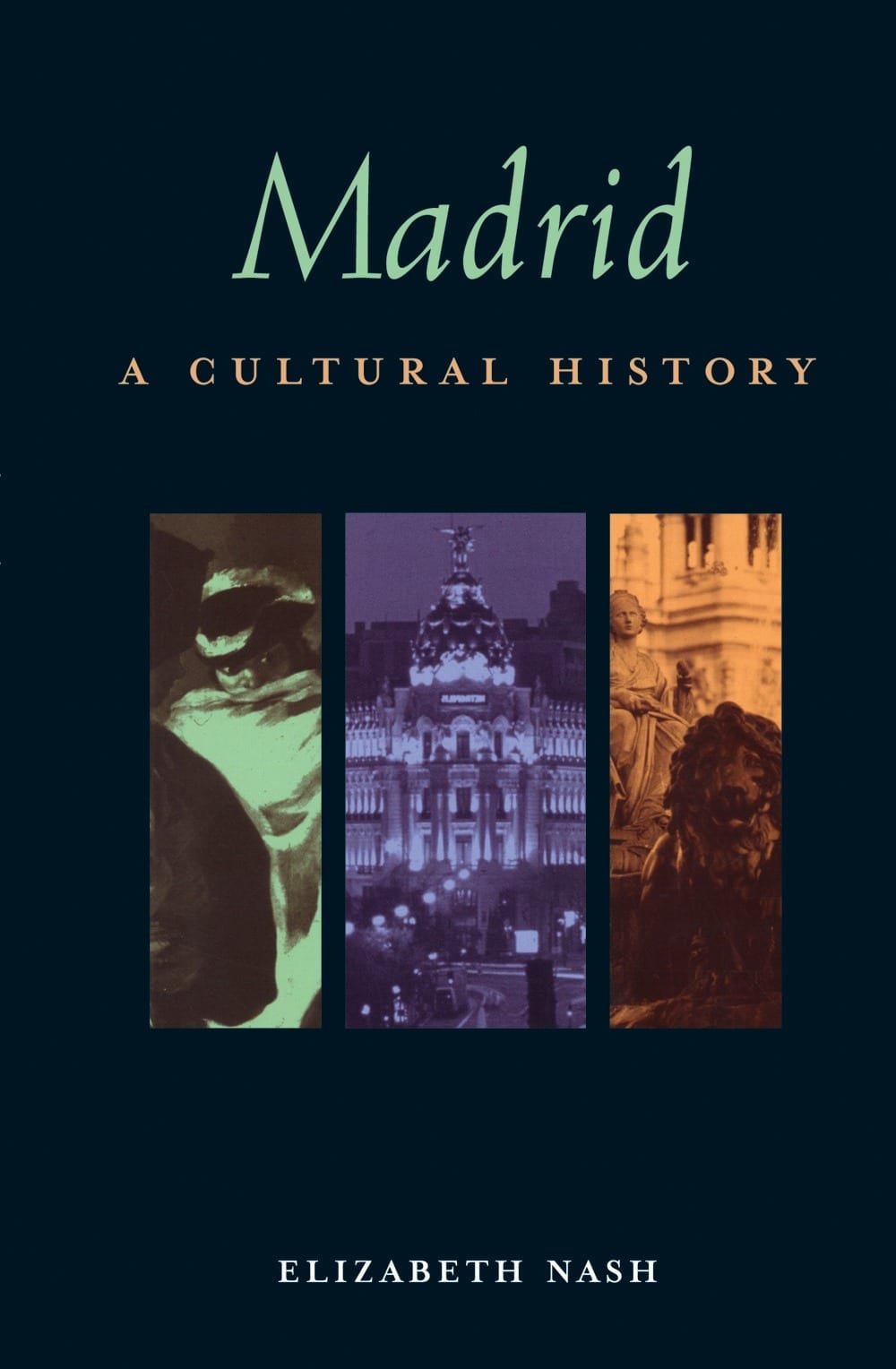
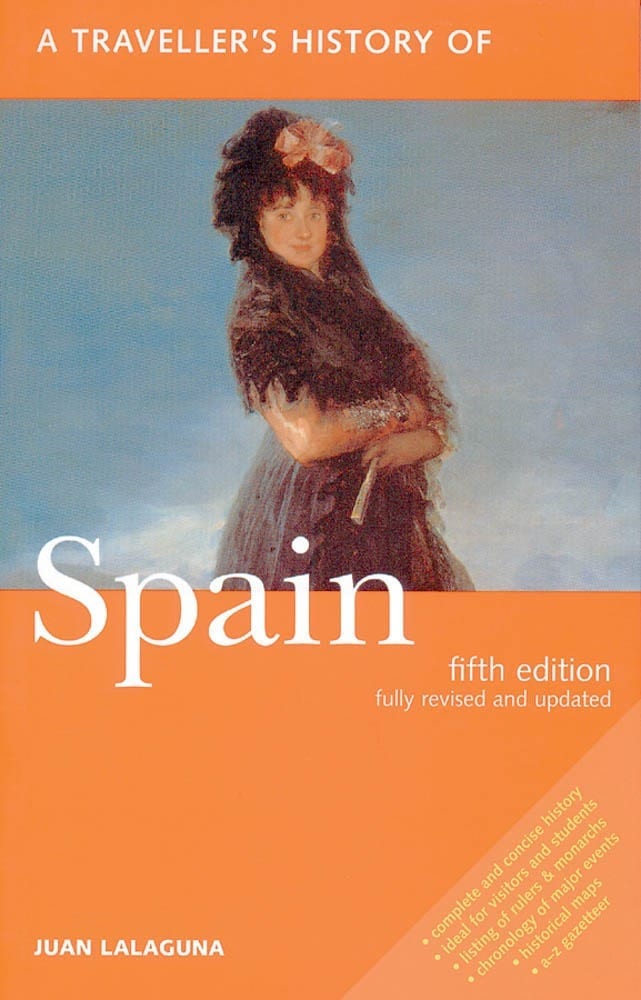
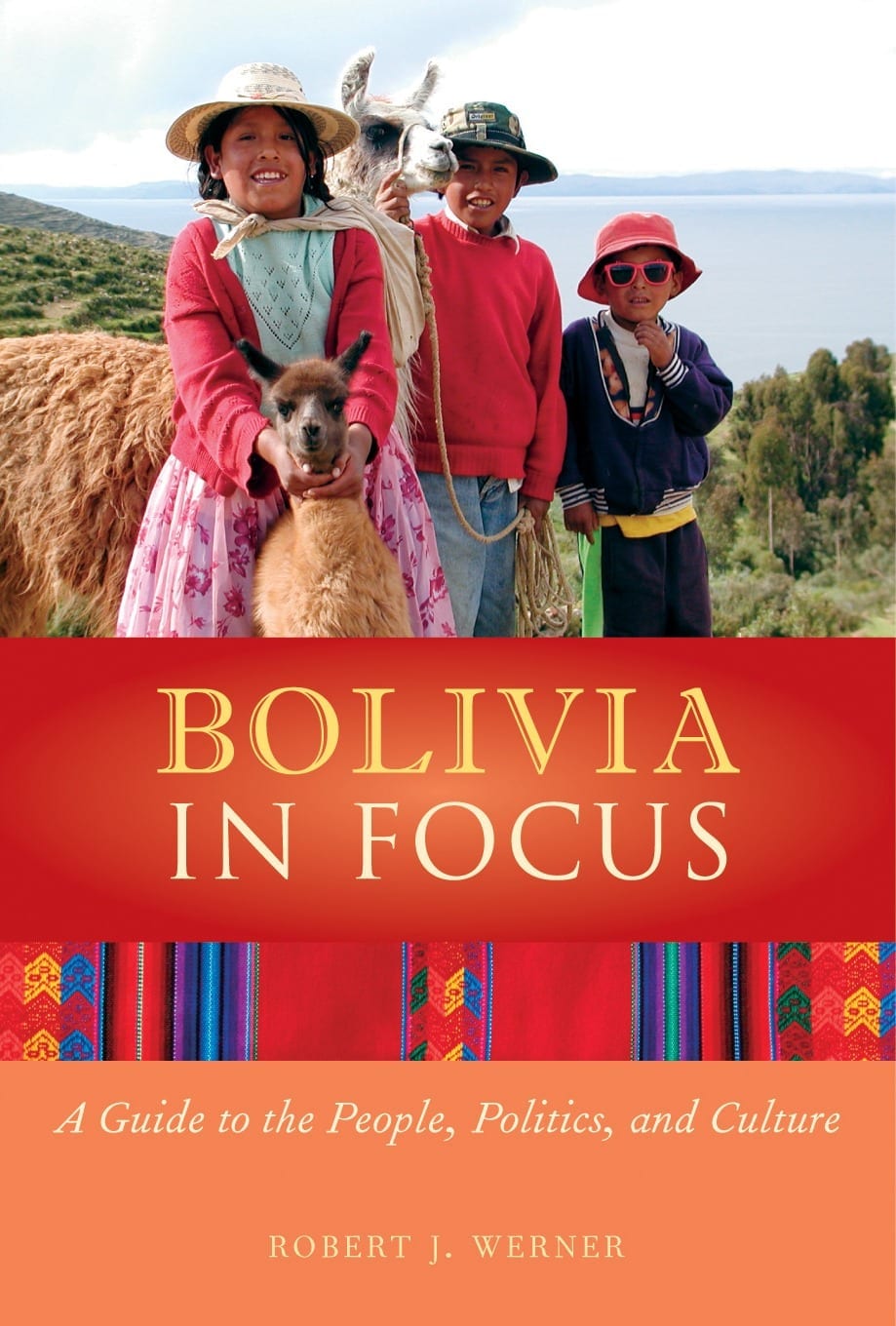
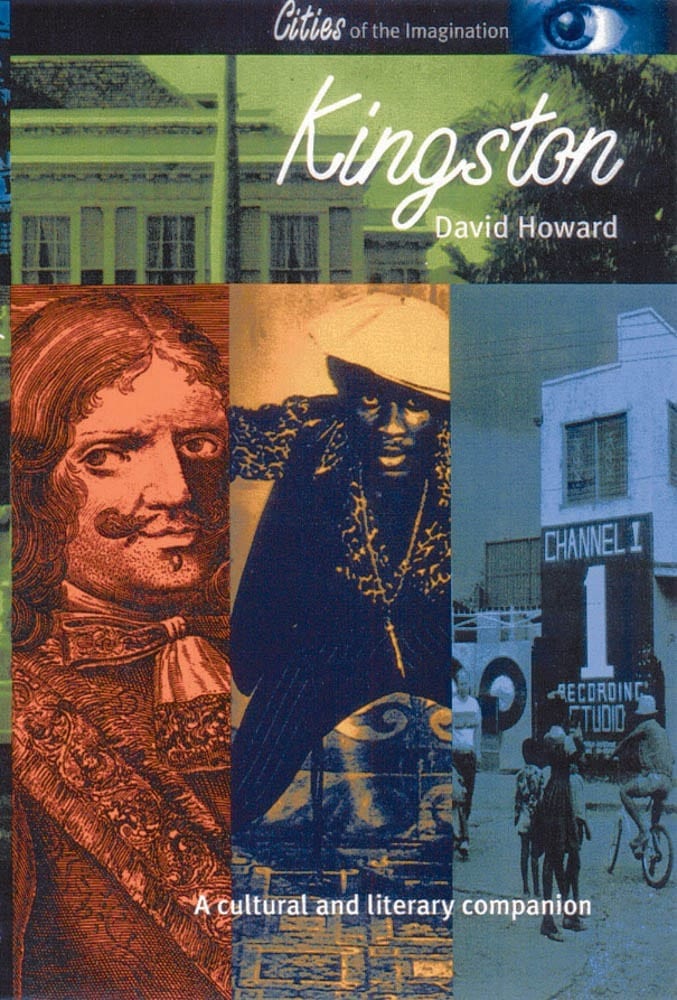
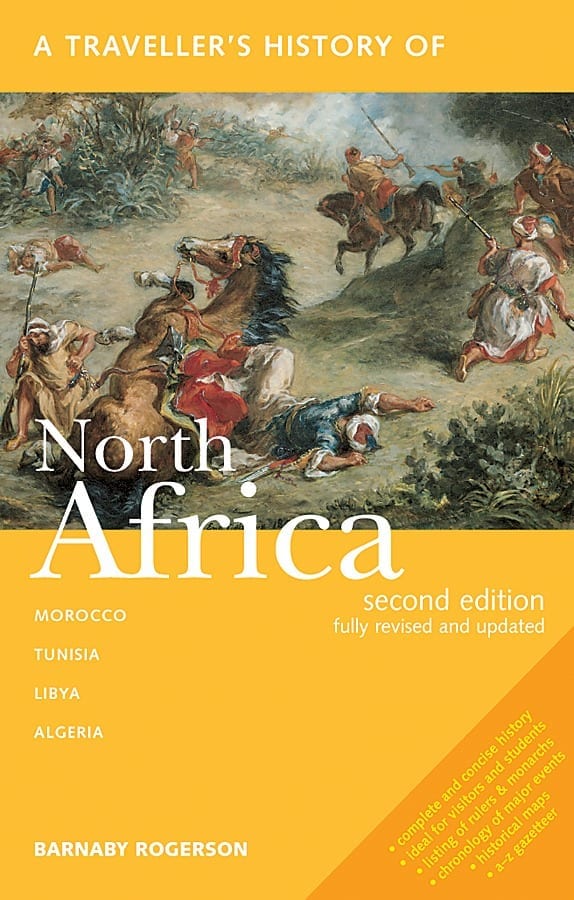
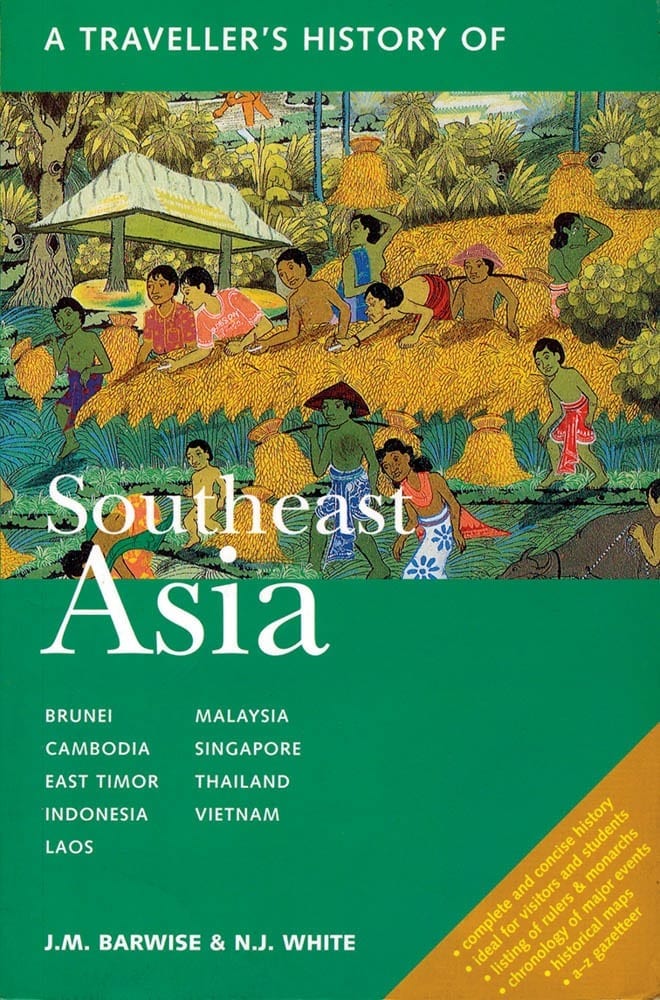
Reviews
There are no reviews yet.